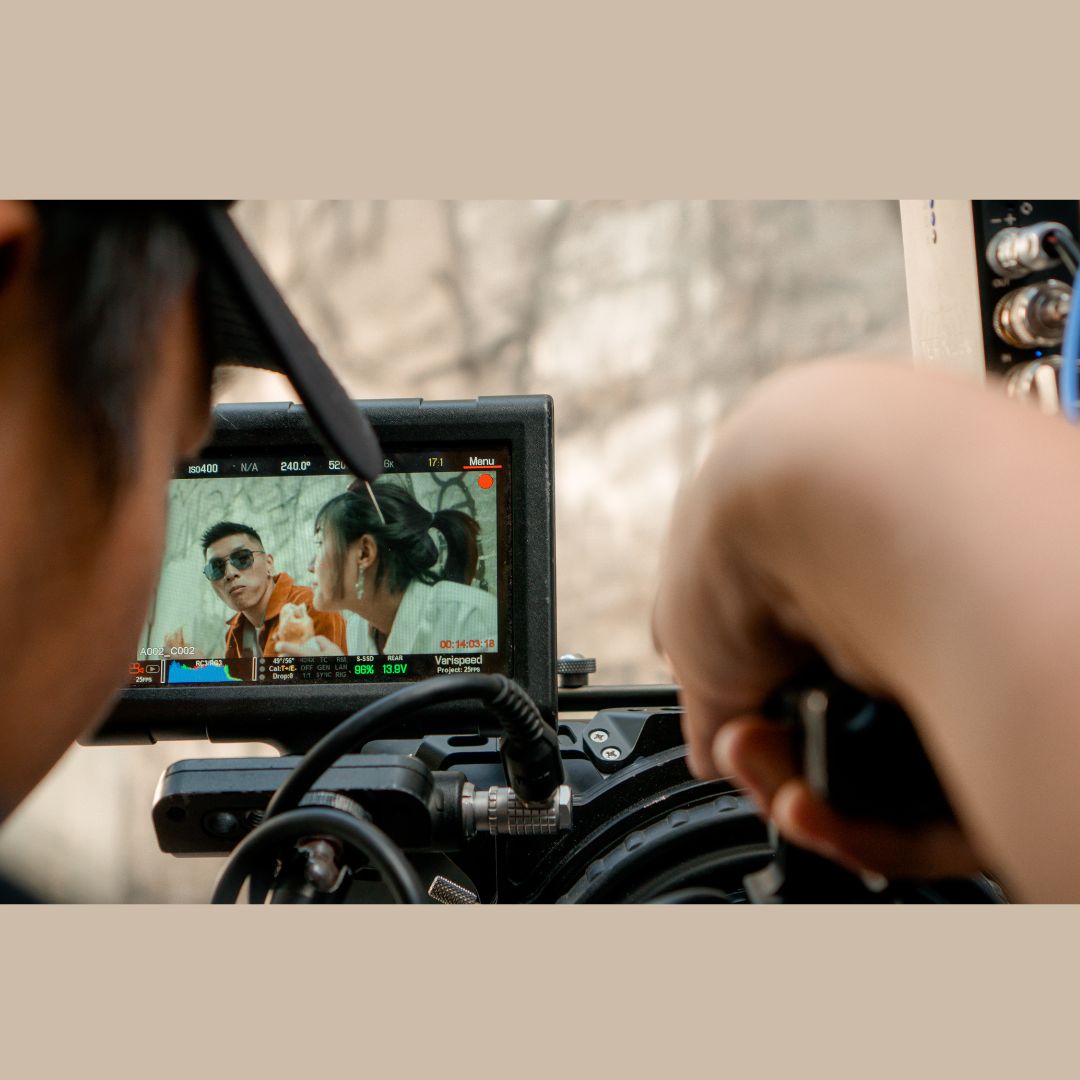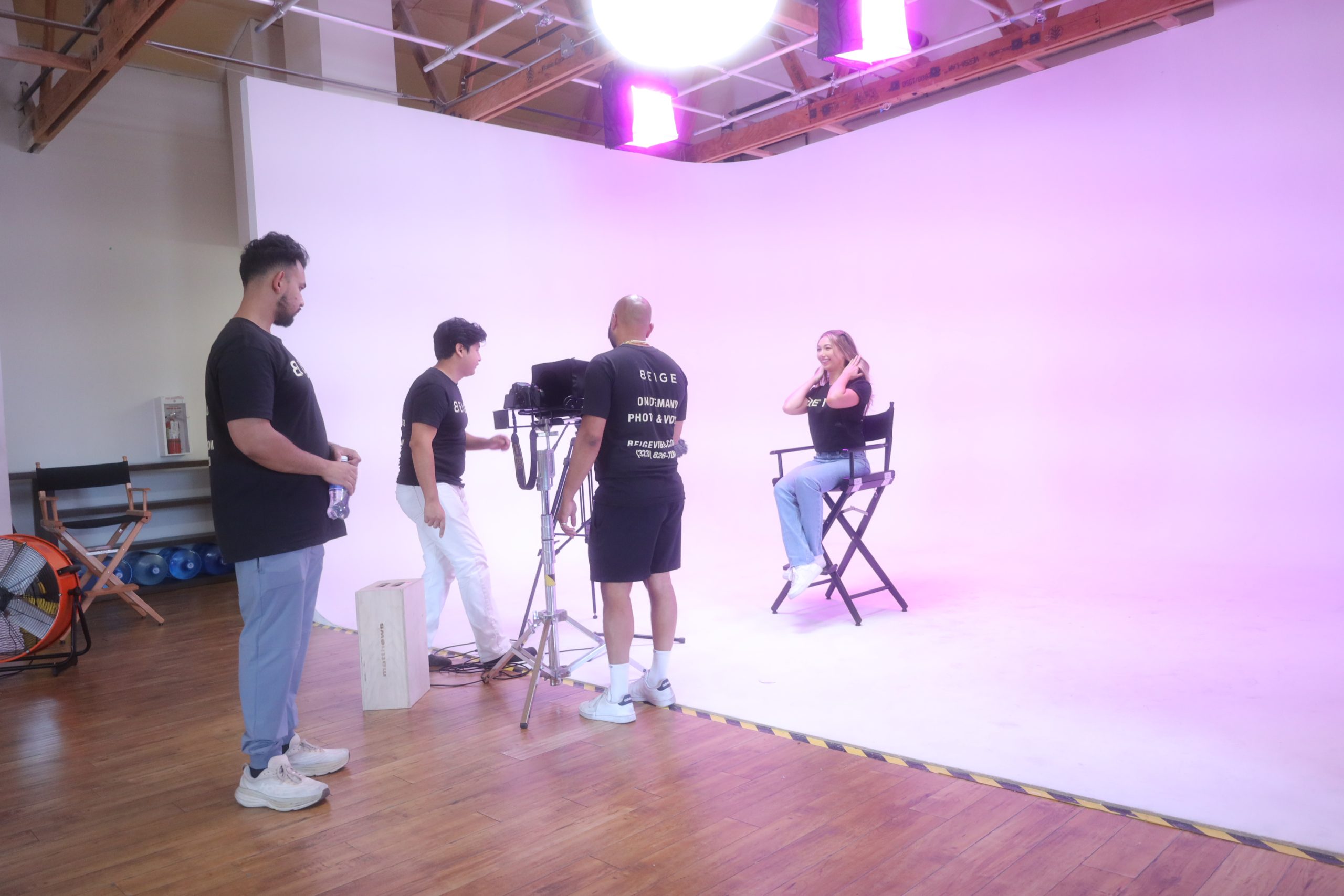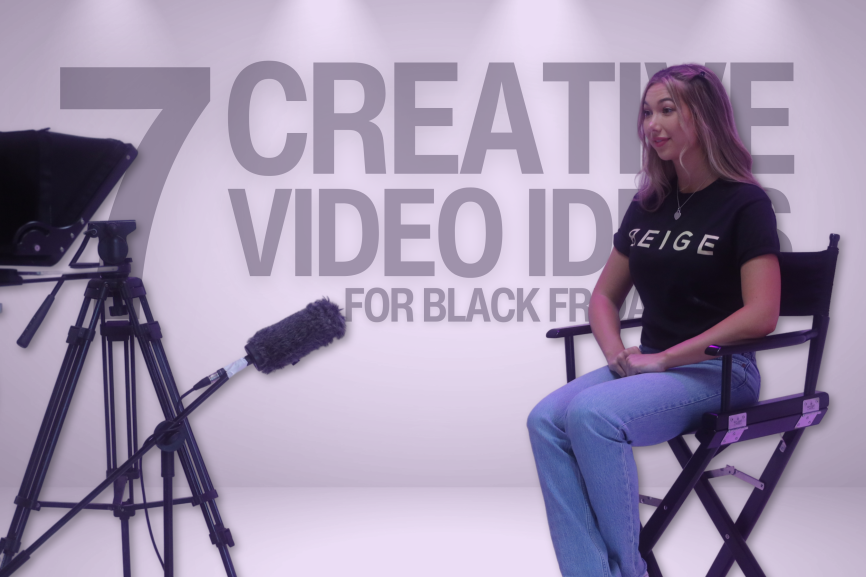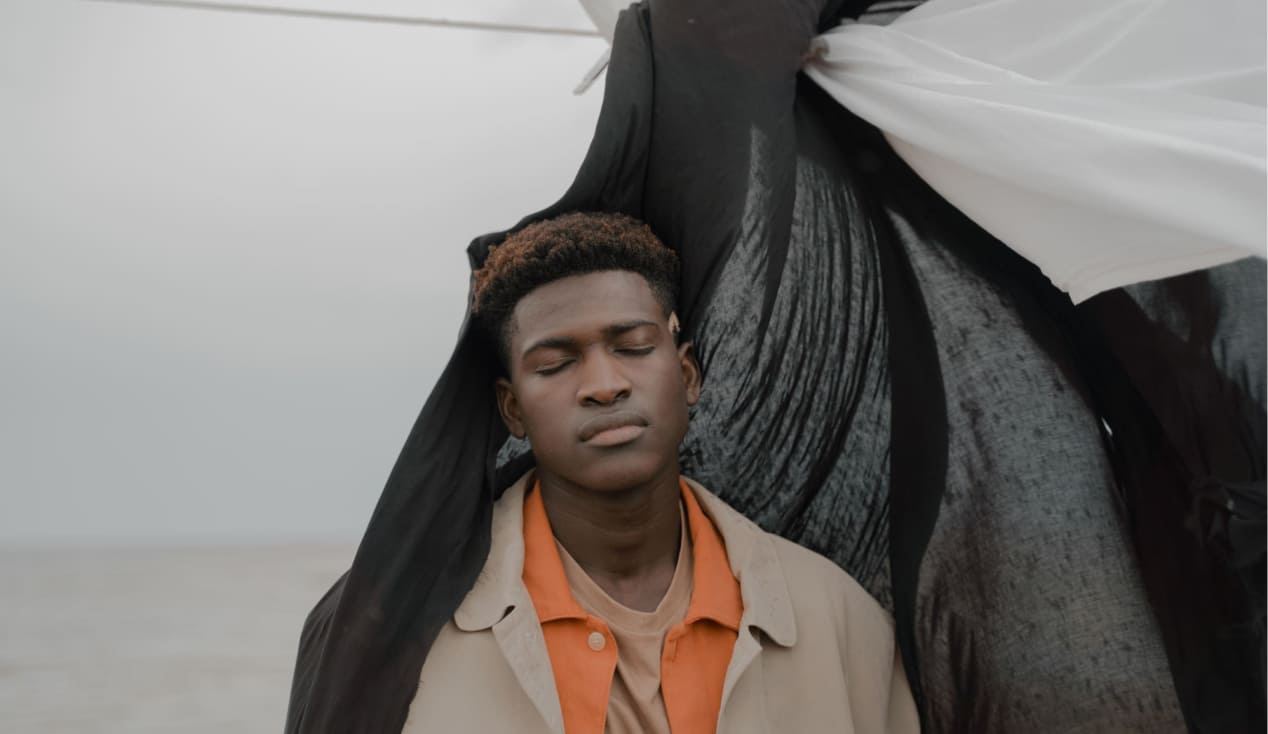No products in the cart.
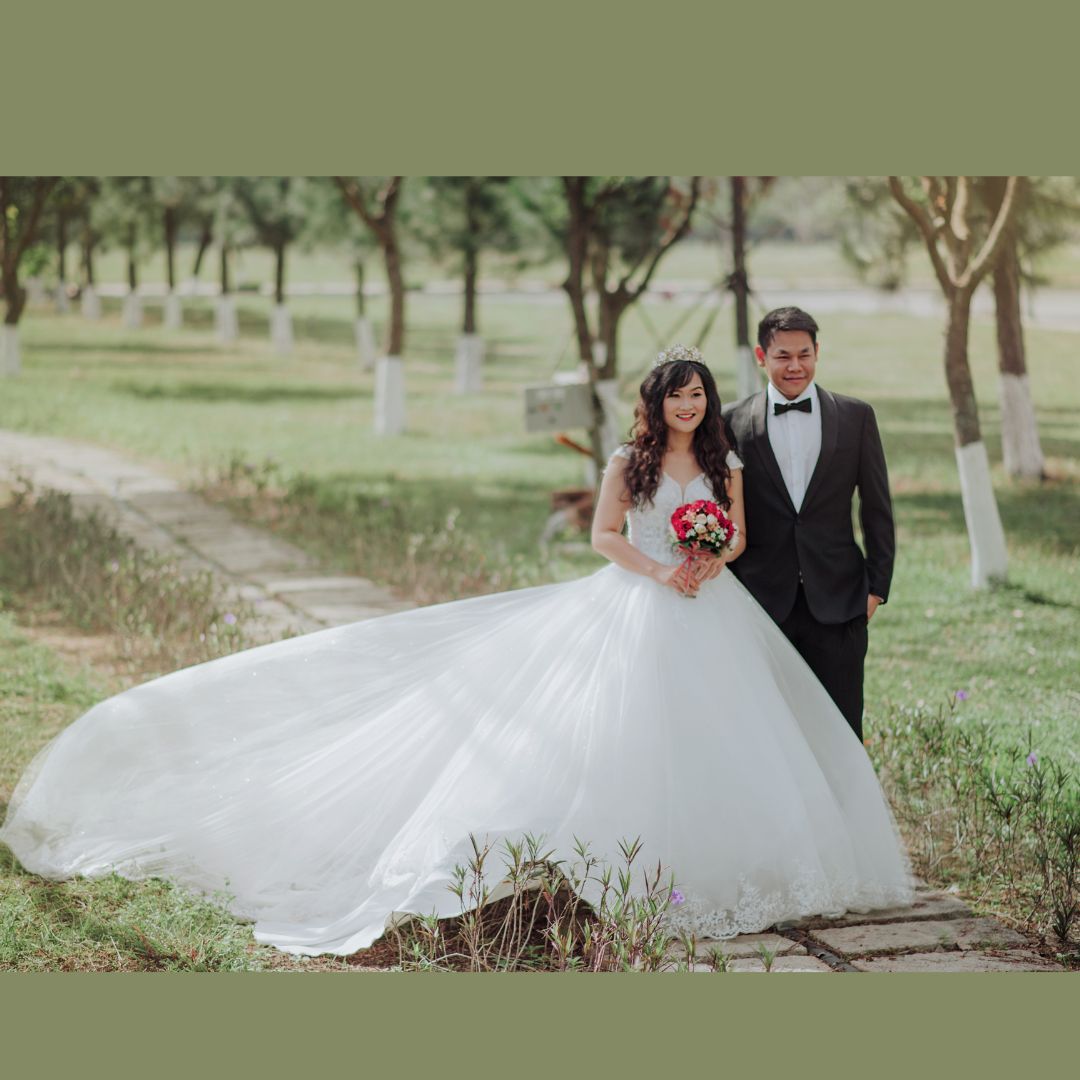
Engagement Photo Session Tips: A Comprehensive Guide
Introduction: Everyone dreams of receiving a romantic proposal from their significant other. It resembles a childhood fantasy coming to pass. It really is a
In the rapidly evolving world of real estate, quality photography can make all the difference. A striking image can attract potential buyers or renters, making it essential to invest in the right camera. But with a myriad of options available in the market, how does one choose the best camera for real estate photography? This guide dives into the top contenders, ensuring every property is showcased in its full glory.
Before diving into camera suggestions, it’s vital to understand the significance of high-quality photography in the real estate market:
1. Canon EOS 5D Mark IV: An industry favorite, this DSLR boasts a 30.4MP full-frame CMOS sensor. Its superior image quality, combined with impressive low-light performance, makes it ideal for interior shots. Plus, with a battery like the Canon AE-1, longevity isn’t an issue.
2. Nikon D850: Equipped with a 45.7MP full-frame CMOS sensor, the D850 provides sharp images with great dynamic range. Its tilt-screen feature is a bonus for capturing properties from various angles.
3. Sony A7R III: For those who prefer mirrorless cameras, the A7R III offers a 42.4MP full-frame sensor. Its compact size and powerful image stabilization make it a top choice for on-the-go realtors.
4. Panasonic Lumix GH5: A great choice for those also keen on videography. It shoots 4K video and has a robust build, making it perfect for event videography.
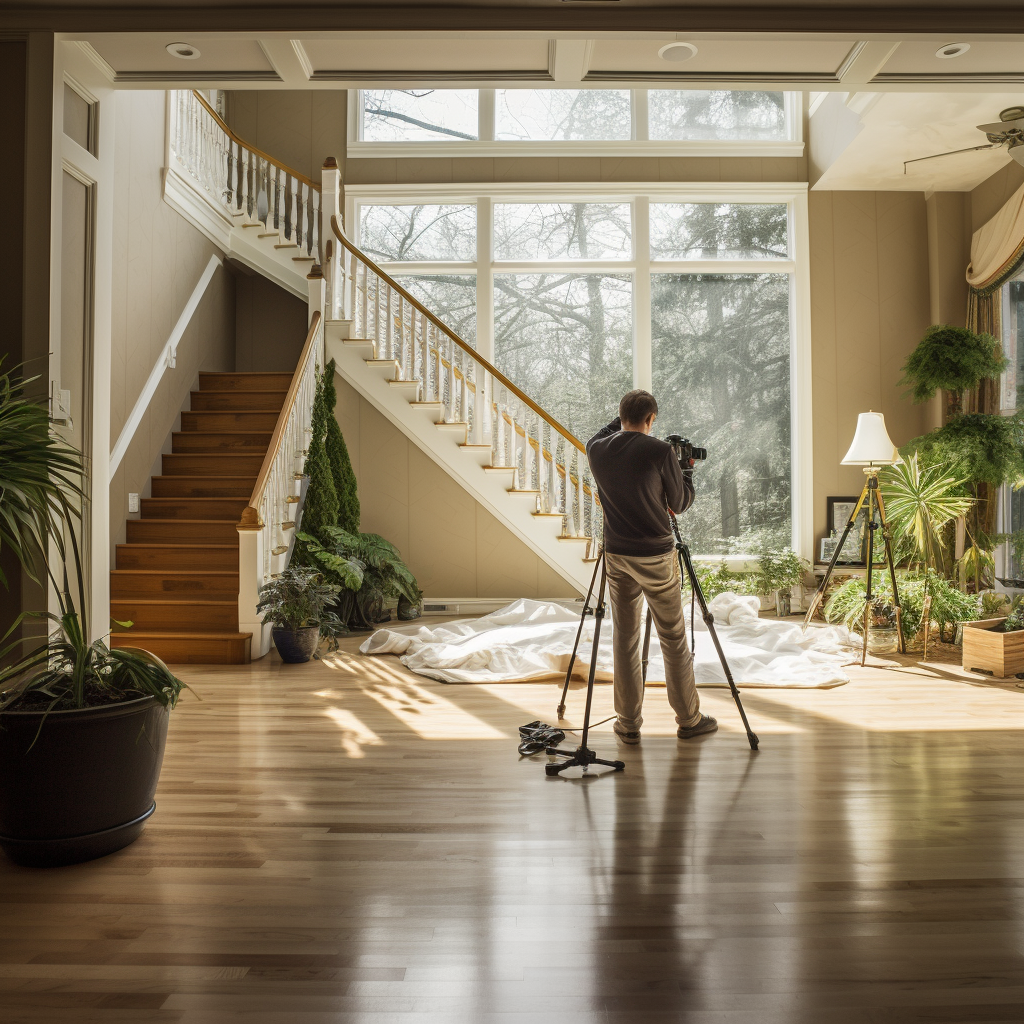
While the camera body is crucial, the lens plays an equally significant role. Wide-angle lenses, typically between 16mm to 24mm, are preferred for real estate, allowing more of the property to fit into the frame. Both Canon and Nikon offer excellent wide-angle lenses that pair seamlessly with their camera bodies.
1. Master the Basics: If you’re new to photography, dive into a foundational guide like Photography 101 to grasp essential concepts.
2. Play with Natural Light: Natural light can enhance property photos. Understand the nuances of shooting during different times, especially the golden hour.
3. Post-processing is Key: Tools like Adobe Lightroom or Photoshop can help adjust lighting, correct distortions, and enhance image quality.
High-quality real estate photos can significantly impact property sales, making it essential to invest in the right camera and lens. By understanding the specific requirements of real estate photography and equipping oneself with the best tools, realtors can ensure that every property is showcased at its absolute best.
For more photography insights, whether it’s understanding the nuances of engagement photo sessions in Los Angeles or diving deep into the world of lifestyle newborn photography, continue exploring with beige.news. Your visual journey, enriched with quality and detail, starts here.
While the right camera and lens are indispensable, understanding the techniques that transform real estate photos from average to extraordinary is just as crucial. When portraying homes, apartments, or commercial spaces, every detail matters. Let’s delve into advanced methods to refine your real estate photography skills.
A strong composition is pivotal in ensuring the viewer’s attention is directed where you want it. By applying some time-tested principles, you can enhance the appeal of your property images:
1. Rule of Thirds: By dividing your frame into nine equal segments with two horizontal and two vertical lines, the rule of thirds suggests placing essential elements along these lines or at their intersections for maximum impact.
2. Leading Lines: Utilize the natural lines of a property, such as pathways, fences, or hallways, to lead the viewer’s eyes into the image.
3. Symmetry and Patterns: Real estate properties, especially commercial ones, often have symmetrical patterns. Highlighting these can create visually appealing images.
A well-staged property can significantly influence a potential buyer’s perception. A few staging tips include:
1. Declutter: Remove personal items and unnecessary objects. A minimalistic, clean space photographs best.
2. Add Fresh Flowers: A touch of nature, such as a bouquet or potted plant, can infuse warmth into any space.
3. Adjust Furniture: Ensure furniture is well-spaced, allowing free movement and showcasing the space’s functionality.
For a detailed guide on staging and photography, consider exploring our article on how to find the perfect family photographer.
Lighting can make or break a photograph. Let’s explore some advanced methods:
1. HDR Photography: High Dynamic Range (HDR) involves taking multiple shots at different exposures and merging them. This ensures well-lit images without overexposed windows or underexposed corners.
2. Flash Photography: Using off-camera flash can illuminate rooms evenly. Bouncing the flash off walls or ceilings avoids harsh shadows.
3. Time of Day: As previously highlighted, shooting during the golden hour provides a natural, warm glow.
Once the shots are captured, editing is the final step to enhance their quality:
1. Perspective Correction: Ensure vertical lines are truly vertical. This is particularly crucial for tall buildings or when the camera was tilted upwards or downwards.
2. Color Correction: Ensure whites are white, especially in interior shots with mixed lighting conditions.
3. Sky Replacement: On cloudy days, replacing a dull sky with a brighter one can transform the image’s overall mood.
For those seeking an introduction to photography editing, our Photography 101 guide provides valuable insights.
Drones offer a unique perspective, especially for large properties or ones with impressive landscapes. When considering a drone:
1. Choose the Right Model: Opt for drones with high-resolution cameras and stable flight patterns.
2. Abide by Regulations: Before flying, be aware of local regulations and obtain necessary permissions.
3. Time it Right: For property exteriors, mid-morning or late afternoon provides ideal lighting conditions.
For a deep dive into equipment specifics, you might find our article on the Canon AE-1 battery insightful.
While the perfect camera is a fundamental tool in real estate photography, mastering the accompanying techniques is equally critical. By investing time in understanding composition, staging, lighting, editing, and possibly even drone photography, you can ensure your real estate photos stand out in a competitive market.
Remember, every property has a story. As a photographer, your role is to tell that story in the most compelling way. With the right tools, techniques, and passion, the world of real estate photography holds endless possibilities. Continue your learning journey with beige.news, your trusted source for all things photography.
Every photographer knows that while a camera body is essential, the lens can significantly influence the output. In the realm of real estate, lens choice becomes pivotal.
1. Wide-angle Lenses: This is the go-to choice for many real estate photographers. A wide-angle lens allows capturing more of the space in a single shot, which is particularly valuable for interior rooms where space is confined. Consider lenses in the 14mm – 35mm range.
2. Tilt-shift Lenses: These lenses are ideal for avoiding distortion, especially in tall buildings. While they come with a steeper learning curve, mastering them can provide pristine, distortion-free images.
3. Drone Lenses: For aerial photography, having a lens with a mid-range focal length can capture sprawling properties without distortion. Typically, the default lens on high-quality drones suffices.
4. Prime vs. Zoom Lenses: While prime lenses often offer sharper image quality, zoom lenses provide flexibility. Depending on your shooting style and the property’s variety, choose accordingly.
For more on lens selection and understanding camera equipment, our deep dive into the Canon AE-1 battery provides insights into making the most of classic camera gear.
Being technically adept is essential, but understanding and managing client expectations can be the difference between a one-time gig and a recurring client.
1. Pre-shoot Consultation: Engage with the property owner or real estate agent. Discuss the property’s unique features and any specific areas they want to highlight.
2. Post-processing Preferences: Some clients prefer a natural look, while others might want vibrant, HDR-rich photos. Understanding this beforehand can save considerable editing time.
3. Delivery Timeline: Establish clear timelines for post-processing and final delivery. Keeping clients in the loop regarding progress ensures trust.
For those branching out into different photography niches, understanding client interactions in engagement photo sessions in Los Angeles can offer a broader perspective.
While photos provide a snapshot, videos can offer a comprehensive experience of a property. With the rise in virtual tours and interactive property viewing, real estate video production is soaring.
1. Equipment Choices: While a DSLR or mirrorless camera can capture high-quality videos, consider gimbals for stabilization during walkthroughs.
2. Storyboarding: Unlike photos, videos need a narrative. Plan your shots, transitions, and any voiceover or music that might be incorporated.
3. Post-production: Editing videos requires a different skill set than photo editing. Learning software like Adobe Premiere Pro or Final Cut Pro can be beneficial.
4. Drone Videos: Aerial shots can provide a majestic introduction to properties, especially those with expansive exteriors.
If you’re intrigued by videography, our comprehensive guide on event videography services in Los Angeles offers a deep dive into the intricacies of capturing motion.
The realm of real estate photography is ever-evolving. With technological advancements and shifting market demands, continuous learning becomes paramount.
1. Workshops & Courses: Invest time in workshops, online courses, and tutorials. They can keep you updated with the latest techniques and trends.
2. Photography Communities: Joining local or online photography communities can provide networking opportunities, constructive critiques, and shared resources.
3. Equipment Updates: Stay abreast of the latest in camera and lens technology. While skills are paramount, the right equipment can significantly enhance output.
For budding photographers or those keen on refreshing their basics, our beginner’s guide, Photography 101, is a treasure trove of insights.
In a saturated market, standing out is crucial. While understanding equipment, mastering techniques, and fulfilling client expectations is vital, developing a unique style can set you apart. It might be your composition style, post-processing touch, or even the way you interact with spaces. As you continue your journey in real estate photography, remember to stay passionate, stay curious, and continue capturing the essence of every property. Your perspective, combined with technical prowess, can redefine property portrayal.
Lorem ipsum dolor sit amet, consectetur adipiscing elit. Suspendisse varius
enim in eros elementum tristique.

